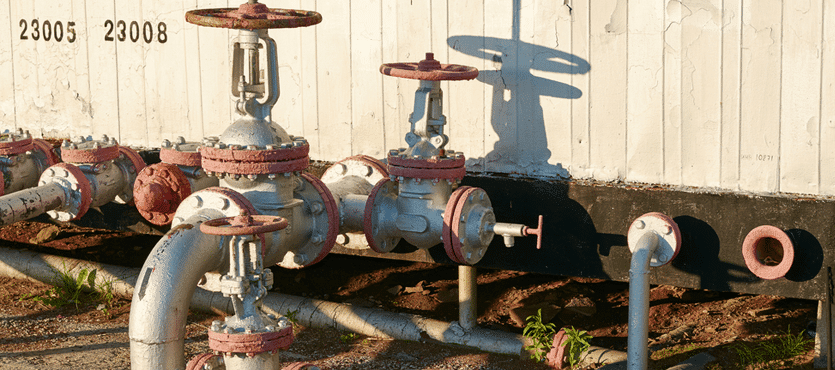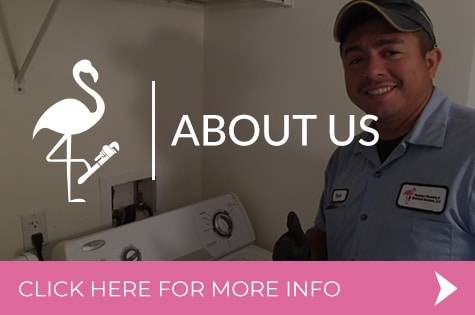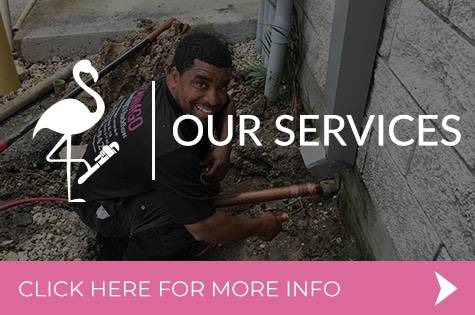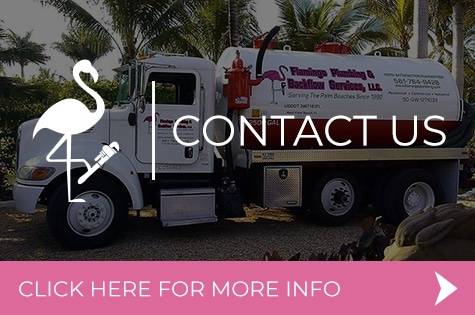Clean and safe drinking water is a crucial necessity for human health. As such, protecting this resource becomes of utmost importance. One key component in this endeavor is understanding how a backflow preventer works. These devices are essential in ensuring that polluted or contaminated water does not reverse its flow into the clean water supply.
What Is Backflow?
Backflow arises when water moves contrary to its expected direction. This phenomenon can be triggered by back pressure or back-siphonage, each potentially allowing contaminants to seep into potable water sources. Various factors, like alterations in system pressure or ruptures in primary water lines, can lead to these events.
The Importance of Backflow Preventers
Backflow preventers are specially designed devices that prevent the undesirable reversal of water flow. The repercussions of not having these systems in place can be grave. If contaminated water infiltrates our drinking supply, it can lead to significant health issues, such as bacterial infections or even outbreaks of diseases.
When you hear about outbreaks associated with water sources, such as the notorious Legionnaires’ disease, it underscores the need for effective backflow preventers. Plumbers in Florida or other regions can offer expert advice and installation services if you want to secure your water system.
Different Types of Backflow Preventers to Understand How Does a Backflow Preventer Work
Understanding “how backflow preventer works” requires a closer look at its various types:
Pressure Vacuum Breaker (PVB): This is among the most commonly used devices. It features a valve that remains closed when the water is off but opens with the flow. A vent chamber ensures that the water does not siphon back.
Double Check Valve Assembly (DCVA): As the name implies, this assembly has two check valves. They work in tandem to prevent backflow, providing a double layer of protection.
Reduced Pressure Zone (RPZ): This is often considered the most secure type of backflow preventer. It operates with a differential pressure system, ensuring that even if one zone fails, the other remains operational.
Installation and Maintenance
The effectiveness of backflow preventers heavily relies on their proper installation and maintenance. For the best results, it is advisable to seek professional plumbing services. These experts can evaluate the specific needs of your location and recommend the most suitable backflow preventer.
After installation, regular check-ups are necessary. Over time, wear and tear can compromise the efficiency of the device. Sediments, debris, or scale build-up can interfere with its function. Just like “hydro jetting plumbing” can clear blockages in your drainage system, regular maintenance can keep your backflow preventer in optimal condition.
Compliance with Regulations
Many municipalities and jurisdictions have stringent guidelines and regulations regarding backflow prevention. It is not just about understanding “how backflow preventer works” but ensuring it complies with local codes. Non-compliance can lead to penalties, and more importantly, jeopardize public health.
The mechanics behind how a backflow preventer works might seem intricate at first, but their function is straightforward: they ensure that our drinking water remains uncontaminated. Investing in high-quality backflow preventers and ensuring they are properly maintained is not just a regulatory requirement but a responsibility toward public health and safety.
For more information, contact us at Flamingo Plumbing & Backflow Services.






